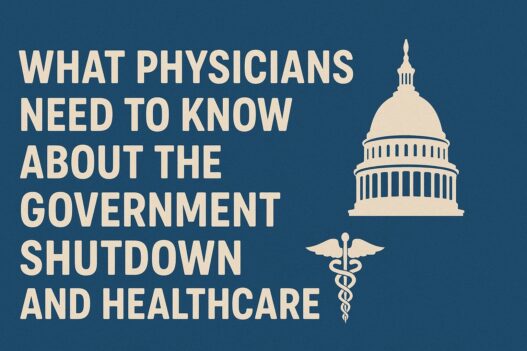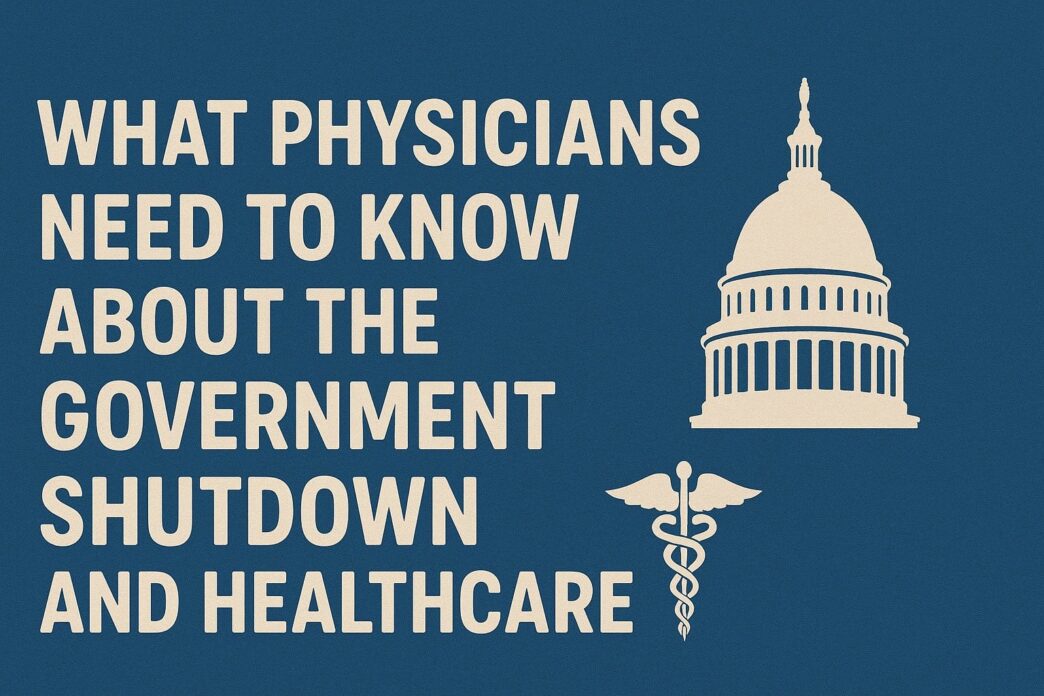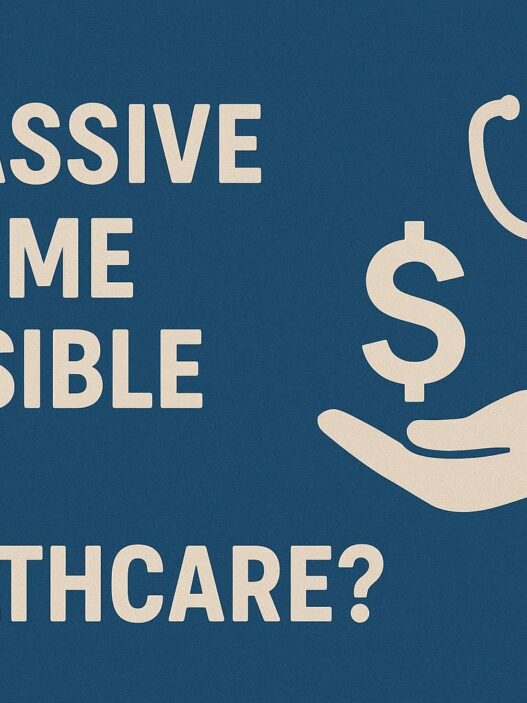“We're barreling toward one of the longest shutdowns in American history,” Speaker Mike Johnson said as the funding stalemate entered its second week. We are now 21 days in.
On October 1, 2025, the U.S. government faced yet another administrative hiccup. A dispute centered on health policy brought the federal funding mechanism to a screeching halt.
“Senator Schumer and the Democrats have made it clear that they intend to shut down the federal government,” said Sen. Ted Cruz.
“Their demands include taxpayer-funded health care for illegal aliens and a reversal of the Republican reforms blocking handouts to able-bodied adults who refuse to work. Americans voted for change under President Trump and a Republican Congress. We should not allow the Democrats' efforts to succeed.”
Republican and Democratic funding bills failed to reach the necessary votes in the Senate, and efforts to avert a shutdown failed. The government shut down, shuttering nonessential agency operations, furloughing some workers, and imposing tangible costs on taxpayers.
At this point in time, Republicans control the House, the Senate, and the presidency, and many House Republicans have signaled a desire to stay aligned with President Trump and his agenda.
Democrats have drawn a political line to protect programs enacted under prior Democratic administrations, including the Affordable Care Act (ACA) and Medicaid.
This shutdown is a high-stakes negotiation leveraging healthcare policy. The line between procedural brinkmanship and real harm runs through marketplace pricing schedules that insurers will use to set 2026 rates.
The result is immediate market uncertainty, rising premiums for millions, and operational stress for providers who count on federal authorities and extenders to function.
Will lawmakers choose prudence or partisan advantage while millions wait to hear how their fates have been sealed? Only time will tell.
What's the Commotion on Capitol Hill, This Time Around?
A key Democratic grievance traces back to an impasse last March when a short-term continuing resolution passed in exchange for promises of future compromise. Those promises never yielded a durable agreement on contested issues, and the resulting erosion of trust now shapes every round of negotiation.
Some Republicans still favor compromise, but their numbers remain insufficient to secure a deal. For Democrats, this dispute functions as a defense of healthcare as a core issue they intend to fight for.
Congressional disagreement now centers on enhanced premium tax credits enacted in 2021 that lower costs for people who buy coverage on ACA exchanges.
The enhanced credits reduce the share of income that low- and middle-earners pay toward premiums. If Congress allows them to lapse, millions (24 to be exact) of enrollees will face sharp premium hikes or abandon coverage altogether.
Democrats insist that any short-term funding bill include an extension.
House Republicans argue that policy debates should occur only after government operations resume, and Speaker Johnson has made it clear that there will be no negotiations until Democratic lawmakers suspend policy demands related to healthcare.
How the Shutdown Impacts Affordable Coverage for Americans
Mark Shepard, associate professor of public policy at Harvard Kennedy School, described the subsidies as critical to what he calls the “missing middle,” the 40 to 50 million Americans caught between Medicaid eligibility and employer coverage.
He warned that marketplace pricing will reconfigure quickly if federal assistance disappears, and insurers are already modeling rate increases for 2026.
KFF modeling indicates average premium payments for subsidized enrollees could rise roughly 114%, from $888 in 2025 to $1,904 in 2026, without the enhanced credits.
The Congressional Budget Office projects about 3.8 million fewer people will have health insurance under that scenario. These projections mean that households will have to make some tough choices when notices and bills arrive.
Risk pool mechanics only amplify the damage.
Higher premiums prompt younger, healthier enrollees to drop coverage. Some households simply cannot afford the increase; others won't bother to re-enroll once coverage is no longer effectively subsidized.
Even small frictions associated with initiating premium payments can push large shares of enrollees off the rolls, a pattern observed in previous ACA debates.
As the healthier exit, insurers confront a worsened risk pool, prompting further rate hikes and, in some markets, exit by carriers.
Reduced competition and escalating premiums create a feedback loop that threatens affordability for everyone, not only subsidized households.
Harvard's analysis lists insurer withdrawal and thinner competition among the most credible downstream effects of these premium shocks.
According to CBO estimates, the federal government would save roughly $30 billion per year (a total of $350 billion from 2026 to 2035) if the enhanced credits lapse.
That fiscal saving comes at the expense of coverage, affordability, and market stability. But is the tradeoff worth it when coverage for millions of Americans hangs in the balance?
The Fed CARES No More
The budget impasse isn't just bad news for subsidies. Several program authorities and supplemental payments that providers rely on come through annual appropriations or extenders.
If funding lapses, authorities can expire or enter legal limbo.
Examples with immediate operational consequences include telehealth flexibilities that expanded originating sites and allowed audio-only visits, ambulance add-on payments, and hospital-at-home waiver authorities.
Telehealth flexibilities introduced during the pandemic removed geographic restrictions and broadened eligible providers.
Those flexibilities were extended repeatedly by continuing resolutions. A lapse would force many providers to curtail virtual offerings, which would harm rural and mobility-limited patients who rely on remote specialty care.
The American Ambulance Association notes that several ground ambulance add-ons and supplemental payments for urban, rural, and specialized services expired on September 30, 2025.
Without congressional reauthorization, these payments will revert to base rates, significantly reducing provider revenue.
Medicare will still process claims, but the loss of add-on reimbursements could affect operations. Smaller and rural operators may be forced to cut routes, limit service capacity, or delay equipment upgrades.
Emergency response systems could face strain, leading to longer wait times. Rural and underserved communities are likely to feel the impact most sharply, and if the shutdown persists, these disruptions could last for months, directly affecting patient safety.
Hospital-at-home and other waivers sit in uncertain territory, too. Facilities that planned program expansions have paused until political clarity returns.
Those pauses reduce capacity alternatives for patients and slow adoption of care models that relieve inpatient pressure.
Additionally, the Food and Drug Administration's Over-the-Counter Monograph Drug User Fee Program is also at risk.
This FDA program, modeled on its Prescription Drug User Fee counterpart and established by the CARES Act in 2020, supports regulatory activities related to OTC monograph drugs.
It, too, expired on September 30, 2025, and this lapse will stall the administrative and review processes that keep OTC drug approvals moving.
In short, programs that providers and patients rely on are in danger of extinction. And the clock is ticking faster with every passing day.
Lives On The Line
For doctors, it's usually the human cost that weighs heavily on our shoulders.
“The government shutdown threatens to degrade the public health infrastructure of the United States,” writes Dr. Omer Awan, a practicing physician and senior contributor at Forbes.
“Those most likely to suffer include our most vulnerable population— seniors, low-income and middle-income families as well as those that live in rural areas.”
Enrollees of the ACA marketplace are facing impossible choices.
Celia Monreal in Tyler, Texas, described the choice between paying for a doctor visit and buying groceries while worrying her husband will lose coverage for knee replacement surgery if subsidies end. “It worries me sometimes, because if you're not healthy, then you're not here for your kids,” she said. That dilemma isn't an isolated one.
Chrissy Meehan, 51, a hair stylist in Upper Chichester, Pennsylvania, faces a neck condition that may require surgery.
Even though she voted for Donald Trump, she finds herself confronting the consequences of a Republican-led government failing to extend the subsidies she relies on. “I don't want free. I just want affordable for my income,” she said. The uncertainty has forced her to delay the treatment she needs.
Salt Lake City freelance filmmaker and adjunct professor Stan Clawson, 49, lives with paralysis below his abdomen from a rock-climbing accident decades ago. Healthy and active otherwise, he contends with tendonitis and recurrent urinary tract infections.
Supplies alone would cost roughly $1,400 a month without insurance. He is considering a new job to maintain coverage, knowing the alternative would be financially devastating.
Erin Jackson-Hill manages allergies, asthma, and searing hip pain while caring full-time for her 89-year-old father in Anchorage, Alaska. At 56, she already pays nearly $500 a month for premiums.
Without the ACA subsidies, she plans to forgo coverage entirely, purchasing asthma and allergy medications out of pocket. “I will have to go to the emergency room, or I'll have to bankrupt myself to pay for it,” she said, fearing what would happen if her hip deteriorates in her two-story home.
These stories are not tales from a far-off land. They are the lived reality of our patients, neighbors, and relatives.
Political Brinkmanship and Practical Stakes
Speaker Johnson's line in the sand means that negotiations are off the table…unless the Democrats throw in the towel.
For him, the impasse is leverage, while the White House has signaled willingness to use the pause to propose cuts and permanent job eliminations — moves that have been deemed as aggressive and likely litigable.
Democrats refuse to pass a continuing resolution that omits an extension, pointing out that insurers are already setting 2026 rates and open enrollment begins November 1st. Senator
Patty Murray warned that delay risks immediate chaos for families and insurers alike. “Millions of people are going to be priced out of their insurance. They will skip their basic health care. They will skimp on their medication. They will miss out on lifesaving treatments,” she stated on the Senate floor. “It is no exaggeration to say: people will die.”
Complicating the dispute, a rhetorical wedge over immigration has taken center stage. Some Republican messaging claims Democrats intend to give routine Medicaid to undocumented immigrants.
Vice President JD Vance accused Democrats of wanting to “take from the American people in order to give taxpayer-funded healthcare to illegal immigrants.
CBS reporting clarifies that the Democratic proposal would restore eligibility for certain lawfully present categories that had been narrowed earlier in the year, while federal law still bars routine Medicaid for those without legal status.
“Federal law prohibits the use of taxpayer dollars to provide medical coverage to undocumented individuals. And there is nothing in anything that we have proposed that is trying to change that law,” House Democratic Leader Hakeem Jeffries said. “We are fighting for the health care of the American people.”
The rhetoric amplifies outrage but obscures the statutory reality, distracting from the more urgent issue, which is clearly the impending subsidy cliff that determines premiums and enrollment.
Let's not forget the time crunch. Insurance markets operate on a forward-looking calendar. Insurers file rates months before open enrollment and make actuarial assumptions in advance.
If lawmakers provide clarity before filings finalize, carriers can price with policy certainty. If clarity arrives after filings, elevated premiums can become baked into plans.
“Every single day that passes, the risk is higher [that] we will not be able to update the information in time,” said Devon Trolley, executive director of Pennsylvania's insurance exchange. “Typically, we try to have the rates locked in [by] September.”
At the start of the shutdown, Democrats emphasized that market mechanics make timing decisive and argued that a late fix will fail to avert premium increases and enrollment erosion. But for many, that window has already passed.
“The ship has sailed,” said Ingrid Ulrey, CEO of the Washington State Health Benefit Exchange.
“Congress missed the opportunity to make this decision early enough for us to reset our markets for open enrollment, and to make it clean and easy for people to come in and see premiums that include the savings from the enhanced level of premium tax credits.”
Some are still holding out on fragile hope, but it's only a matter of time until that too vanishes; the odds certainly do not seem to be in favor.
Frequently Asked Questions
Why did the U.S. government shut down in October 2025?
Funding bills failed to pass the Senate, leaving key government programs without appropriations. The dispute largely centers on healthcare policy, including ACA subsidy extensions.
Who is most affected by the lapse in ACA premium tax credits?
Approximately 24 million enrollees, especially low- and middle-income Americans who rely on federal subsidies to make insurance affordable.
What happens to premiums if the subsidies expire?
KFF modeling predicts average premiums for subsidized households could more than double, from $888 in 2025 to $1,904 in 2026.
Are there broader operational effects beyond premiums?
Yes. Programs like telehealth flexibilities, ambulance add-on payments, hospital-at-home waivers, and the FDA's OTC Monograph Drug User Fee program face suspension, affecting patients and providers nationwide.
How does the political dispute influence insurance markets?
Insurers file rates months in advance. Delays in congressional action can bake higher premiums into plans and reduce competition, exacerbating market instability.
What can lawmakers do to mitigate harm?
Passing a short-term continuing resolution that maintains subsidies, preserves essential program flexibilities, and sets a timetable for policy negotiations can prevent immediate harm to patients and providers.
Why is timing so critical in this debate?
Open enrollment begins in November. Market filings and actuarial assumptions are made well before that, so delays can directly increase premiums and reduce coverage options.
![Best ESIM For Taiwan [2026 GUIDE]](https://rjema.com/wp-content/uploads/2025/11/Best-ESIM-For-Taiwan-2026-GUIDE-95x95.jpg)
![Best ESIM For Taiwan [2026 GUIDE]](https://rjema.com/wp-content/uploads/2025/11/Best-ESIM-For-Taiwan-2026-GUIDE-527x297.jpg)

















